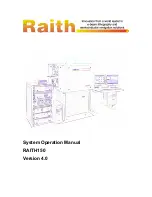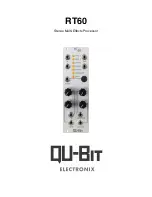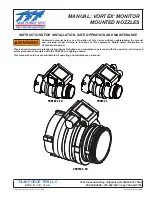
What Is a Side-Chain Input?
If we consider an effect unit that processes the signal incoming at its main input, side-chaining
means using a secondary signal (the “side-chain signal”) fed to a secondary input of the unit
(the “side-chain input”) to control the behavior of the processing. Usually the amplitude of the
side-chain signal will determine
how much
the main signal will be processed by the unit.
In music production the side-chain signal is most of the time another audio track of the
project. A common example is the use of the kick drum track as side-chain for the compres-
sion of the bass track: on each kick the compressor will compress the bass more, resulting in a
typical pumping effect between kick and bass that can be heard in various styles of dance mu-
sic.
The Side-Chain Parameter Page
The following Internal, Native Instruments, and External Plug-ins support side-chaining:
▪
Internal Plug-ins: Compressor, Maximizer, Limiter, Gate, Filter.
▪
AU plug-ins (Native Instruments and External): Any AU plug-in with side-chain input.
▪
VST plug-ins (Native Instruments and External): Any VST plug-in with multiple inputs.
When you load any of these Plug-ins in a Sound or a Group, a
Side-Chain Input
Parameter
page appears at the end of the page list.
Side-chaining is not possible at the Master level (i.e. if the Plug-in is loaded in a Plug-in
slot of the Master).
The Side-Chain Input page of the Compressor Plug-in in the Control area.
Using Effects
Applying Effects to a Sound, a Group or the Master
MASCHINE - Manual - 622
Summary of Contents for MASCHINE MK3
Page 1: ...MASCHINE MK3 MANUAL...
Page 72: ...The Preferences MIDI page Basic Concepts Preferences MASCHINE Manual 72...
Page 75: ...The Preferences Default page Basic Concepts Preferences MASCHINE Manual 75...
Page 91: ...The Preferences panel Hardware page Basic Concepts Preferences MASCHINE Manual 91...
Page 94: ...The Preferences panel Colors page Basic Concepts Preferences MASCHINE Manual 94...
















































